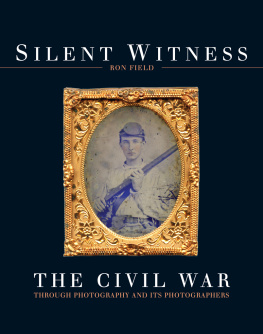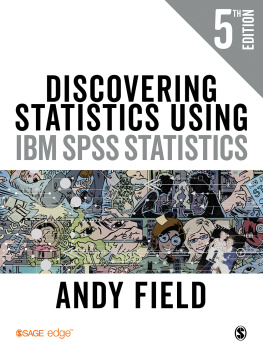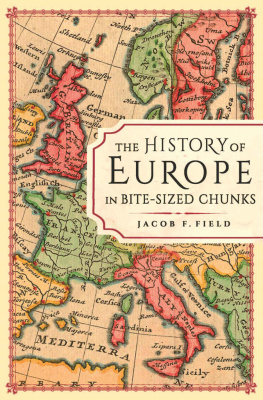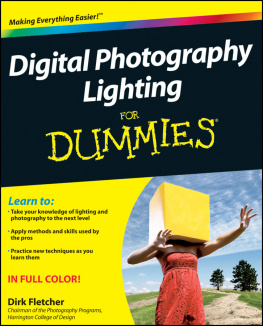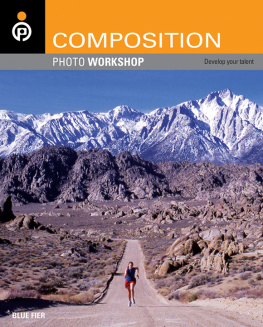DEDICATION
To my wife, Jane, for her understanding and patience, helpful advice and steadfast support.

Osprey Publishing
c/o Bloomsbury Publishing Plc
PO Box 883, Oxford, OX1 9PL, UK
Or
c/o Bloomsbury Publishing Inc.
1385 Broadway, 5th Floor, New York, NY 10018, USA
E-mail:
www.ospreypublishing.com
This electronic edition published in 2017 by Bloomsbury Publishing Plc
OSPREY is a trademark of Osprey Publishing Ltd, a division of Bloomsbury Publishing Plc.
First published in Great Britain in 2017
2017 Ron Field.
All rights reserved
You may not copy, distribute, transmit, reproduce or otherwise make available this publication (or any part of it) in any form, or by any means (including without limitation electronic, digital, optical, mechanical, photocopying, printing, recording or otherwise), without the prior written permission of the publisher. Any person who does any unauthorised act in relation to this publication may be liable to criminal prosecution and civil claims for damages.
Every attempt has been made by the Publisher to secure the appropriate permissions for material reproduced in this book. If there has been any oversight we will be happy to rectify the situation and written submission should be made to the Publisher.
A CIP catalog record for this book is available from the British Library.
Ron Field has asserted his right under the Copyright, Designs and Patents Act, 1988, to be identified as the Author of this Work.
ISBN: 978-1-4728-2276-5 (HB)
ISBN: 978-1-4728-2277-2 (eBook)
ISBN: 978-1-4728-2278-9 (ePDF)
ISBN: 978-1-4728-2279-6 (XML))
To find out more about our authors and books visit www.ospreypublishing.com. Here you will find our full range of publications, as well as exclusive online content, details of forthcoming events and the option to sign up for our newsletters. You can also sign up for Osprey membership, which entitles you to a discount on purchases made through the Osprey site and access to our extensive online image archive.
Osprey Publishing supports the Woodland Trust, the UKs leading woodland conservation charity. Between 2014 and 2018 our donations are being spent on their Centenary Woods project in the UK.
C ONTENTS
Opening Shots, 185961
Pictures may be taken by the thousand
Photography on the Home Front
There is an ambrotypist in camp
Photography in Camp and Barracks
Views of grim-visaged war
Photography at the Front
So great was the demand for maps
Photography in Maps and Documents
We had photographers & visitors aboard
The Camera with the Navy
Closing Shots, 1865
ACKNOWLEDGMENTS
The author is greatly indebted to Bob Zeller, President of the Center for Civil War Photography, for support and advice in the preparation of this study. Others who provided invaluable help include Carol Johnson, Curator of Photography, Library of Congress, Prints and Photographs Division, Washington, DC; Josephine Cobb, Chief of the Still Photo section at the National Archives, Washington, DC; Erin Beasley, Digital Image Rights & Reproduction Specialist, National Portrait Gallery, Smithsonian Institution, Washington, DC; Kelly Kerney, Curator of Archives, Valentine Richmond History Center, Cook Collection; Patricia M. Boulos, Boston Athenum, Boston, Massachusetts; Christopher Morton, Assistant Curator, New York State Military Museum, and Jim Gandy, Librarian/Archivist, New York State Military Museum, Saratoga Springs, New York; Germain Bienvenu, Special Collections Public Services, Louisiana State University Libraries, Baton Rouge, Louisiana; Malia Ebel, Reference Librarian/Archivist, New Hampshire Historical Society; Nathan Pendlebury, Image Reproduction Administrator, Photography, National Museums Liverpool, UK; Dr. David Bush, Director of The Center for Historic and Military Archaeology, Ohio; The Friends and Descendants of the Johnsons Island Civil War Prison Site; Bill Griffing, Spared & Shared website; Jennifer Ericson, Assistant Curator, Abraham Lincoln Presidential Library, Springfield, Illinois; Peter Harrington, Curator, Anne S. K. Brown Collection, Brown University, Rhode Island; Tom Liljenquist, Michael J. McAfee, Dan Miller, Jeffrey Kraus, John OBrien, George S. Whiteley IV, Craig Heberton IV, Steve Woolf, Mike Medhurst, David Wynn Vaughan, John Beckendorf, Mark Dunkleman, Ronald S. Coddington, Dan Binder, Bryan Watson, Dan and Brandy Schwab, Matthew Oswalt, Dr. James W. Milgram, Neill Rose, Peter Searle, Terry Burnett, David Quattlebaum, Francois Xavier Prevet, and Dominic Serrano.

Battlefield photographer David B. Woodbury holds a full-plate sized piece of photograph glass as he sits by his wagon in a Union army campsite near Cold Harbor, Virginia, in 1864. An assistant for ambrotypist Edward Whitney, at Fairfield, Connecticut, before the Civil War, he was working for Matthew Brady when this photograph was produced. (Library of Congress)
INTRODUCTION
A silent witness to history, the Civil War photographer has left a treasure trove of images providing an invaluable record of the dramatic events that helped to shape the American nation. The albumen prints produced by these intrepid individuals under extraordinarily difficult circumstances on battlefields such as Manassas, Antietam and Gettysburg encapsulate the tragedy of war. In small cased images or in cartes de visite, they also preserved the pride, determination and courage of the individual soldier as he left home for the war or struggled with adversity in camp or on campaign. In 1882, veteran cameraman and artist Andrew J. Russell wrote one of the most fitting dedications to the battlefield photographer who left the comfort of the studio and gallery to follow the armies in the field to record victory and defeat:
The memories of our great war come down to us and will pass on to future generations with more accuracy and more truth-telling illustration than that of any previous struggle of ancient or modern times; and the world is indebted to the photographic art and a few enterprising and earnest men, who were not backward in furnishing means, and to a score or less of daring workers men not afraid of exposure and who could laugh at fatigue and starvation, could face danger in odd shapes, and were at all times ready to march, often between the two armies, in the trenches, on the ramparts, through the swamps and forests, with the advance guard, and back again at headquarters not a flank movement, but the willing and indefatigable artist at his post of danger and adventure.
Although few in number, the likes of George N. Barnard, Alexander Gardner and David B. Woodbury created the first extensive photographic record of war, often arriving in their flimsy wagons within hours of the last shot of the battle being fired. Beyond the battlefield photographers working for Matthew Brady and Edward and Henry T. Anthony, there existed countless daguerrean artists, ambrotypists, and photographists who operated in small attic galleries in virtually every city and town throughout the Union. A similar situation existed in the Confederacy, but to a lesser extent during the Civil War years as the Union naval blockade increased in efficiency and prevented essential chemicals, paper and other supplies from reaching their destination. Before the war many photographers North and South hit the road during the summer months in cars, or wagons, carrying portable dark rooms. Traveling from town to town, they set up their studios wherever there was sufficient custom for their art. When the war began these adventurous entrepreneurial souls took readily to the idea of setting themselves up in cabins and tented galleries in the thousands of military encampments established in 1861.

